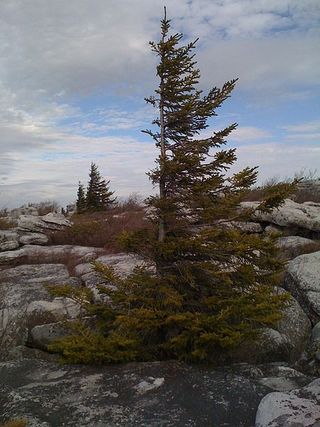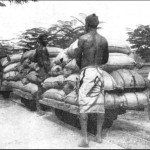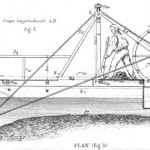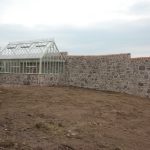 “In mountainous areas, winds are often complex and the available wind data are limited and provide little information on wind direction. One technique for determining the mean wind direction is tree flagging. Trees have been used for hundreds of years as an ecological indicator of wind direction, wind exposure and as a measure of the severity of wind and ice damage. This handbook will describe techniques for ‘reading’ the information written on the trees by wind.”
“In mountainous areas, winds are often complex and the available wind data are limited and provide little information on wind direction. One technique for determining the mean wind direction is tree flagging. Trees have been used for hundreds of years as an ecological indicator of wind direction, wind exposure and as a measure of the severity of wind and ice damage. This handbook will describe techniques for ‘reading’ the information written on the trees by wind.”
“Flagged trees only reflect the prevailing wind direction of the strongest winds, which may occur during only part of the year. Seasonal variations in the wind have a pronounced effect on the type of wind deformation and these effects are characterized in this handbook. Techniques for estimating the mean annual wind speed have been developed using indices of wind effects on trees. These indices have been calibrated on two widely distributed species of conifers. The main conclusions are that trees provide a simple, inexpensive and quick method for identifying promising locations where more detailed measurements can verify the wind potential.”
Trees as an indicator of wind power potential (.pdf), John E. Wade & E. Wendell Hewson, 1979.
Vegetation as an indicator of high wind velocity (.pdf), DOE report, John E. Wade & R.W. Baker, 1977
More low-tech wind power.





